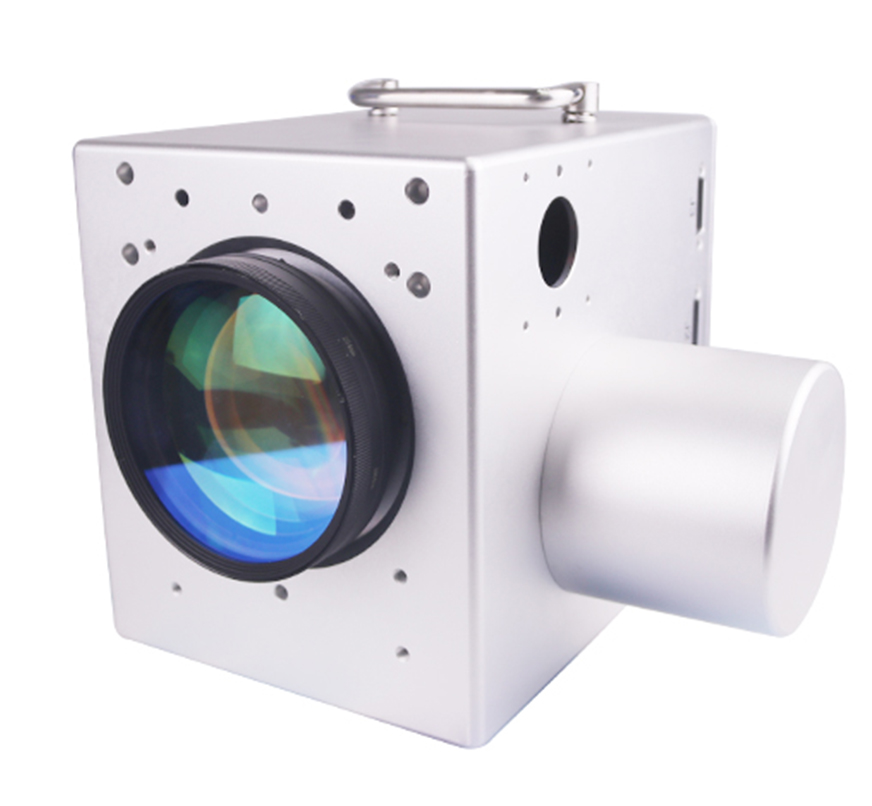When it comes to laser printing technology, one of the key components that play a crucial role in the printing process is the polygon scanner motor. This scanning motor is responsible for rotating the polygon mirror at high speeds, allowing the laser beam to be deflected and scan across the printing surface. In this blog, we will explore the different types of polygon scanner motors commonly used in laser printing applications.
A laser emits a beam of light that needs to be directed onto a photoreceptor or imaging surface. The laser beam is directed onto a set of flat mirrors attached to a polygon-shaped (multi-sided) mirror. The polygon mirror is typically a small, multi-faceted component that rapidly rotates at high speed, which is driven by the polygon scanner motor. This motor spins the mirror at a constant speed (or sometimes varying speeds depending on the design) so that each facet reflects the laser beam in a precise pattern. As the motor spins the polygon mirror, the laser beam is reflected off its facets and directed onto the imaging drum or belt. This scanning action is how the document or image is written to the photoreceptor, typically line by line. The laser beam is modulated by a controller to create the image by turning on and off or varying in intensity. The rapid rotation of the polygon mirror ensures that the laser scans the entire surface quickly and evenly, usually in a raster pattern.

Brushless DC motors are a popular choice for polygon motor in laser printing applications due to their high efficiency and reliability. These motors do not have brushes, which helps eliminate the risk of wear and tear over time. Brushless DC motors also provide precise control over the speed and position of the polygon mirror, ensuring accurate and consistent scanning results.
Stepper motors are another type of polygon mirror motor commonly used in laser printing applications. These motors operate by dividing a full rotation into a series of equal steps, allowing for precise control over the rotation of the polygon mirror. Stepper motors are known for their simplicity and cost-effectiveness, making them a popular choice for entry-level laser printers.
Servo motors are often used in high-end laser printing applications that require high-speed and high-precision scanning. These motors utilize feedback control systems to monitor and adjust the position of the polygon mirror in real-time, ensuring accurate and smooth scanning results. Servo motors provide excellent performance in terms of speed, accuracy, and responsiveness, making them ideal for demanding printing tasks.
Piezoelectric motors are a relatively new technology that is gaining popularity in laser printing applications. These motors use the piezoelectric effect to generate precise movements, allowing for fast and accurate scanning of the laser beam. Piezoelectric motors are known for their high resolution and fast response times, making them well-suited for applications that require fine details and intricate designs.
| Motor Polygon Type | Key Features | Advantages | Typical Applications |
| Brushless DC Motor | Utilizes permanent magnets and electronic commutation High-speed rotation with low maintenance | High efficiency and reliability Precise speed and position control Minimal wear due to lack of brushes | Widely used in laser printers for consistent performance |
| Stepper Motor | Moves in discrete steps Operates without feedback systems | Cost-effective Simple control mechanisms Good torque at low speeds | Entry-level laser printers Applications requiring moderate precision |
| Servo Motor | Closed-loop system with feedback High torque at various speeds | High precision and accuracy Fast response times Suitable for dynamic loads | High-end laser printers Industrial applications demanding precision |
| Piezoelectric Motor | Uses piezoelectric effect for motion Capable of nanometer-scale movements | Extremely high resolution Rapid response Operates in strong magnetic fields | Specialized laser printing Applications requiring ultra-fine detail |
In conclusion, there are several types of polygon mirror scanner motors commonly used in laser printing applications, each offering unique advantages in terms of performance, reliability, and cost-effectiveness. Whether you are looking for a simple and affordable scan tool motor or a high-performance solution for demanding printing tasks, there is a polygon scan motor out there to meet your needs. Choose the laser motor that best suits your requirements and enjoy high-quality printing results for years to come.